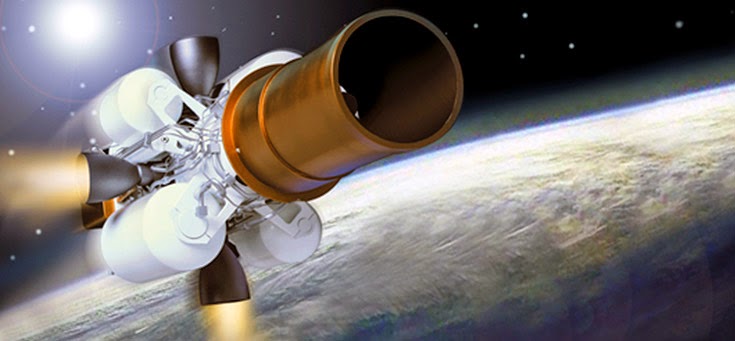Nuclear Weapons 282 - Development Of U.S. Ground-based Midcourse Defense System - Part Two of Two Parts
Part Two of Two Parts (Please read Part One first)
In the first part of this post, I went over the history of the development of antiballistic missiles systems in the U.S. Today I am going to go into technical details about the small antiballistic missile system that is currently in place.
The U.S. has a small missile defense system that it started deploying in 2004. It consists of an array of sensors and thirty six interceptor missiles. This ground-based midcourse defense system (GMD) was developed to defend the U.S. against attacks by small nations such as North Korea or Iran. It would not be able to deal with a massive attack by the sophisticated nuclear arsenals of China or Russia.
If N.K. did launch an ICBM at the U.S., the launch would be detected by satellites, radar stations in Japan and U.S. Navy ships in the Pacific. Information about the launch would be relayed to control centers in Alaska and California. A high resolution sea-based radar system would track the enemy missile in flight. When the missile exits the Earth’s atmosphere, it enters what is referred to as the midcourse. After it enters the midcourse, the missile breaks apart and creates a cloud consisting of the warhead, the last booster stage of the rocket, debris, and decoys designed to confuse our radar systems.
Meanwhile, in the U.S., the personnel at the control centers in Alaska and Colorado are tracking the missile. They plot the missile trajectory and select an interception course for the GMD. An order to fire the interceptor is sent to the Air Force Base in Greely, Alaska or Vandenberg Air Force Base in California, depending on the target of the enemy missile. Between the two sites, there are thirty six interceptors that consist of a “kill vehicle” on a three stage rocket.
After launch, as the interceptor leaves the atmosphere and enters the midcourse, the kill vehicle separates from the three stage rocket. The kill vehicle uses onboard infrared sensors to track the warhead of the enemy missile. The kill vehicle has small thrusters that allow it to maneuver into the path of the warhead. The collision of the kill vehicle and the warhead should destroy both without causing a nuclear explosion.
Since 1999, there have been seventeen tests of the GMD. However, in all of these tests, details about the incoming missile were known in advance. The system failed at least eight of those test which amounts to about a fifty percent success record.
In 2016, the Government Accounting Office (GAO) which reviews Congressional budgets issued a report that was skeptical of the GMD. The report said that the GMD “has not demonstrated through flight testing that it can defend the U.S. homeland against the current missile defense threat.”
Yesterday, the U.S. military ran a first real-world test of the GMD. A missile was launched from the Marshall Islands in the Pacific towards the U.S. The GMD fired an interceptor missile that destroyed the first missile.
GMD Kill Vehicle:
